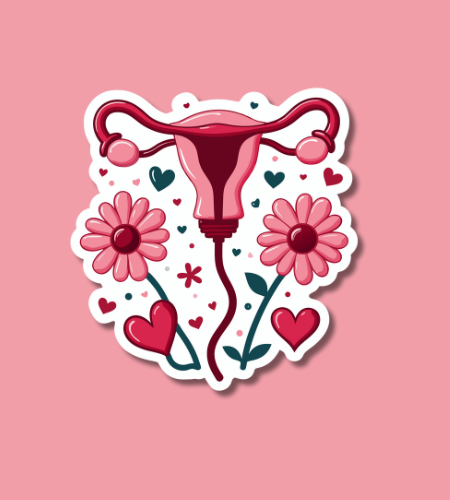Menstrual Hygiene Day is observed annually on May 28, serving as a global platform to raise awareness about the importance of good menstrual hygiene management (MHM) and to break the silence surrounding menstruation. Established in 2014 by the German-based NGO WASH United, the day aims to highlight the challenges faced by women and girls worldwide due to inadequate access to menstrual products, education, and sanitation facilities. 1
History of Menstrual Hygiene Day
The inception of Menstrual Hygiene Day traces back to 2013 when WASH United initiated a 28-day social media campaign called “May #MENSTRAVAGANZA” to generate awareness about menstruation and MHM. The positive response to this campaign led to the establishment of Menstrual Hygiene Day, first celebrated on May 28, 2014. The date was chosen symbolically: May is the 5th month of the year, and the average length of menstruation is 5 days, while the menstrual cycle averages 28 days.
Since its inception, Menstrual Hygiene Day has grown into a global movement, with numerous organizations, governments, and individuals participating in events and campaigns to promote menstrual health and hygiene. The day serves as an opportunity to advocate for policy changes, increase investment in menstrual health, and challenge societal taboos and stigmas associated with menstruation.
Why is Menstrual Hygiene Day important?
Menstrual Hygiene Day is crucial because it brings attention to the pervasive issues surrounding menstruation that affect millions of people worldwide. In many parts of the world, menstruation is shrouded in stigma and misinformation, leading to shame, discrimination, and exclusion. This can result in girls missing school, women missing work, and individuals being denied basic human rights.
Furthermore, inadequate access to menstrual products and sanitation facilities can lead to health problems, including infections and reproductive issues. By promoting education and awareness, Menstrual Hygiene Day aims to empower individuals to manage their menstruation safely and with dignity, thereby improving health outcomes and gender equality.
- Highlights the global issue of period poverty
- Promotes education to dispel myths and stigmas
- Advocates for improved access to menstrual products and sanitation
- Supports gender equality and women’s empowerment
- Encourages policy changes to address menstrual health needs
How to Observe Menstrual Hygiene Day
Observing Menstrual Hygiene Day can involve various activities aimed at raising awareness and promoting menstrual health. Individuals can participate by educating themselves and others about menstruation, challenging stigmas, and advocating for better access to menstrual products and facilities. Schools and organizations can host workshops, discussions, and campaigns to promote menstrual hygiene education.
Supporting initiatives that provide menstrual products to those in need, such as donating to charities or organizing collection drives, can make a tangible difference. Engaging in conversations on social media using hashtags like #MenstrualHygieneDay and #PeriodFriendlyWorld can help spread awareness and foster a more inclusive dialogue around menstruation.
- Educate yourself and others about menstrual health
- Challenge and speak out against menstrual stigmas
- Support organizations working to end period poverty
- Advocate for menstrual hygiene education in schools
- Participate in social media campaigns to raise awareness
Menstrual Hygiene Day Dates Table
| Year | Date | Day |
|---|---|---|
| 2026 | May 28 | Thursday |
| 2027 | May 28 | Friday |
| 2028 | May 28 | Sunday |
| 2029 | May 28 | Monday |
| 2030 | May 28 | Tuesday |
Subscribe to our newsletter and never miss a holiday again!

